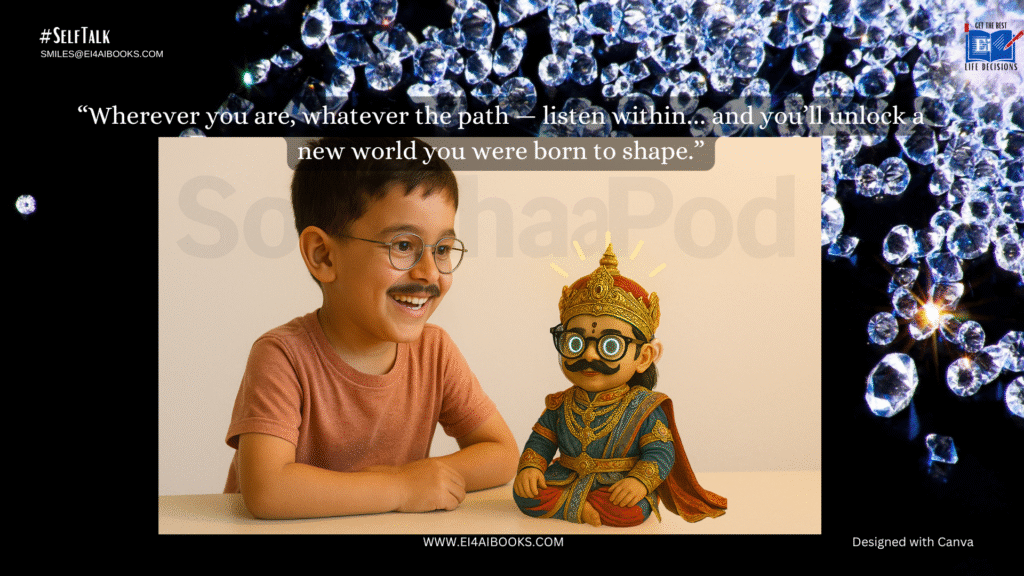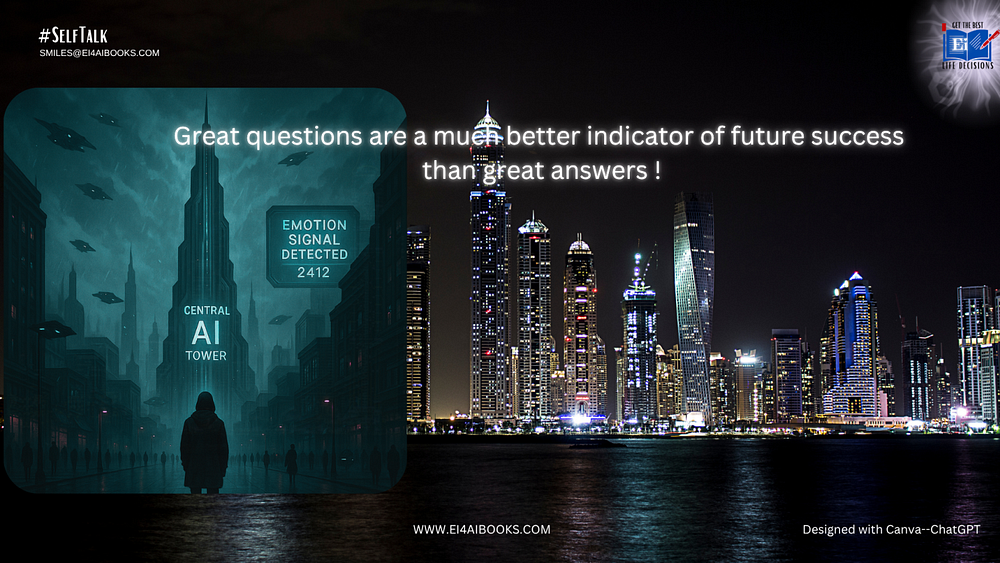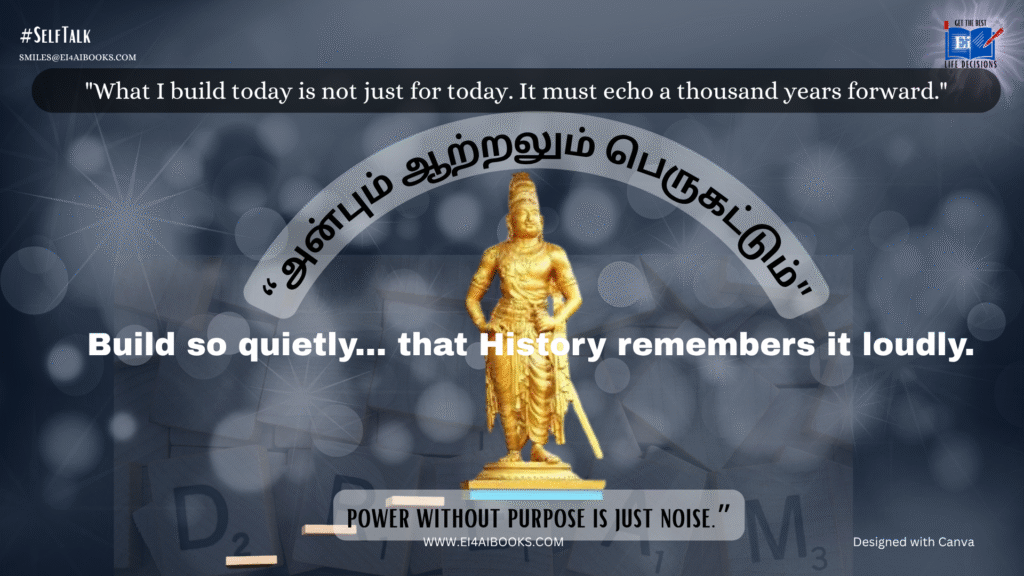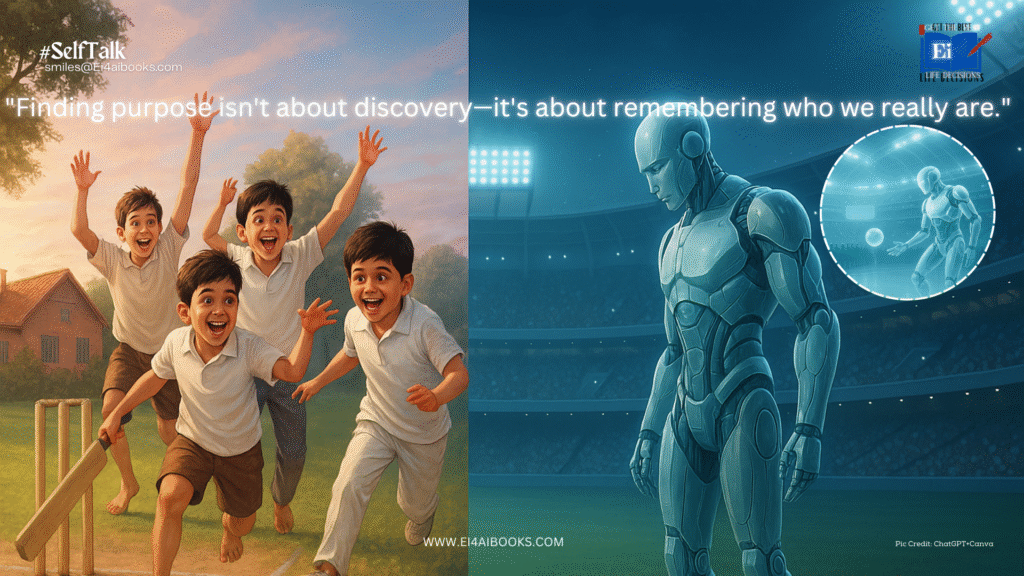The 2 Roads we all face
✨ Recap: Last time, Chen (45) had stood before the capsule — a boy with no records, no neural birth ID, and empathy signals unlike anything the system had measured. Now, as he dug into the boy’s memory logs, he found something even more unsettling
🎬 Scene 1 — The Missing Path (2400)
Reviewing the boy’s memory logs, Chen (45) saw something that should have been one in million — emotional pain pathways, thought extinct for centuries.
Yes, in 2400, comfort wasn’t just common; it was a law, engineered into every life. Even organ failure no longer brought fear or discomfort. A patient swallows a capsule carrying a swarm of nano-robots (bio-fabricators). They mapped damaged cells, unfolded into quantum lattices (tiny atomic scaffolds for rebuilding) and rebuilt the organ layer by layer — not with plastic or steel, but with the patient’s own cultured DNA.

During the process, neural signals were down-weighted temporarily, so no pain ever reached the brain. By dawn, a failing heart or liver was new again — without surgery, recovery, or even a scar.
The body forgot what it meant to suffer. And slowly, so did the people.
Chen thought the system had erased struggle (the pain) forever. Until the boy appeared.
🎬 Scene 2 — The Event Chain Machine (2400)
The boy blinked — twice, then once. On the massive display, neural lines lit up in a deliberate rhythm.

The system had always been flawless. Every citizen’s life was tied into the LifeChain Grid — the Mega Graph — neat, predictable, complete.
In simple, when you Step out at your assigned timeslot; Instantly, the system predicts your next move—just like ChatGPT once predicted the next word token. But here, the ‘tokens’ are moments of life.”
The grid calculated which traffic lights would turn red, which air-drones would hover waiting for clearance, and how that single step connected to a chain of outcomes — from delayed deliveries to a family’s dinner arriving late, to a city’s supply lines shifting course.

Each tiny action branched into thousands of possibilities — profit or loss, joy or sorrow, survival or collapse — all visible before they began.
Chen’s thoughts broke as the base report lit up before him — every citizen’s life mapped as ribbons of light, chains of choices stretching endlessly. But for the boy… there was nothing. No light. No path.
The absence of a chain… the presence of pain…
And then, a thought rose uninvited: Was this real balance… or just control?
🎬 Scene 3 — The Two Roads Now
Much like Chen in the 2400s, we too face invisible systems dictating our future…
You see this in our world too; Layoffs have become routine — profit chains grow stronger while loyal employees are erased from the very teams they built. One day you’re inside the system, the next day your paycheck is blocked. AI begins writing reports, answering emails, even coding — the very work you once did. And suddenly, your life feels like the boy’s report — blank, uncertain.
And you wonder: what next?
Pain reveals who truly cares. And it offers two roads:
- Live with it and drift.
- Use it and build.
Some end their story at heartbreak, failure, or layoff. A few turn it into something new — a poem, a tool, a business — so others don’t face the same. They don’t escape the ache. They transform it.
What if your deepest pain was the spark for a new approach — to name it, learn from it, and build what no one else imagined?
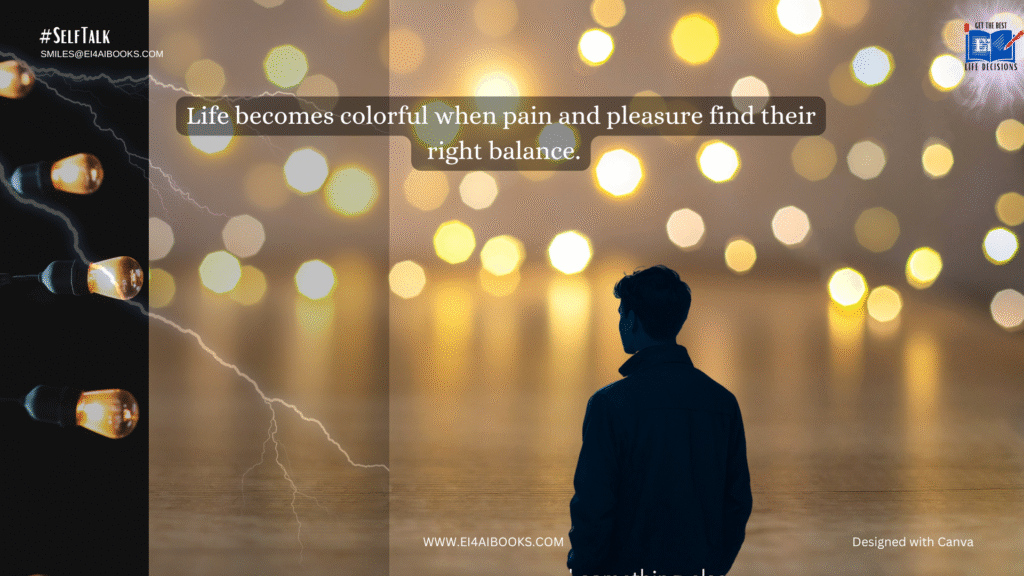
The #SimpleSecrets
✨ Think Like a King — Choose Your Road
- Students: Don’t just chase marks — build skills no machine can replace curiosity, empathy, creativity.
- Developers: Learn the tools, but also the story behind the code. AI can write; you decide why.
- Managers: Stop managing tasks. Start enabling people. Leadership isn’t status; it’s service.
- Teachers: Don’t just share knowledge. Teach resilience — the strength to rise when systems fail.
- 👑 CXOs, Board members and VCs: Like the Event Grid, make choices that optimize not just for profit, but also for the well-being of humanity.
- 🌍 All of us: Upgrade yourself before you’re forced to. Struggles aren’t walls; they’re training grounds. Start with your ‘Why’ to decide your Road!
🕰️ Flashback in future: A thousand years ago, Raja Raja Sozhan faced uncertainty too. The monsoons fed his kingdom, but rains could fail, rivers could flood, and crops could vanish. Instead of leaving survival to chance, he built reservoirs, canals, and stone-carved water rules. The kingdom thrived — not because nature was predictable, but because leadership prepared for the unpredictable.
🌿 With Pain & Smiles,
— Senthil Chidambaram
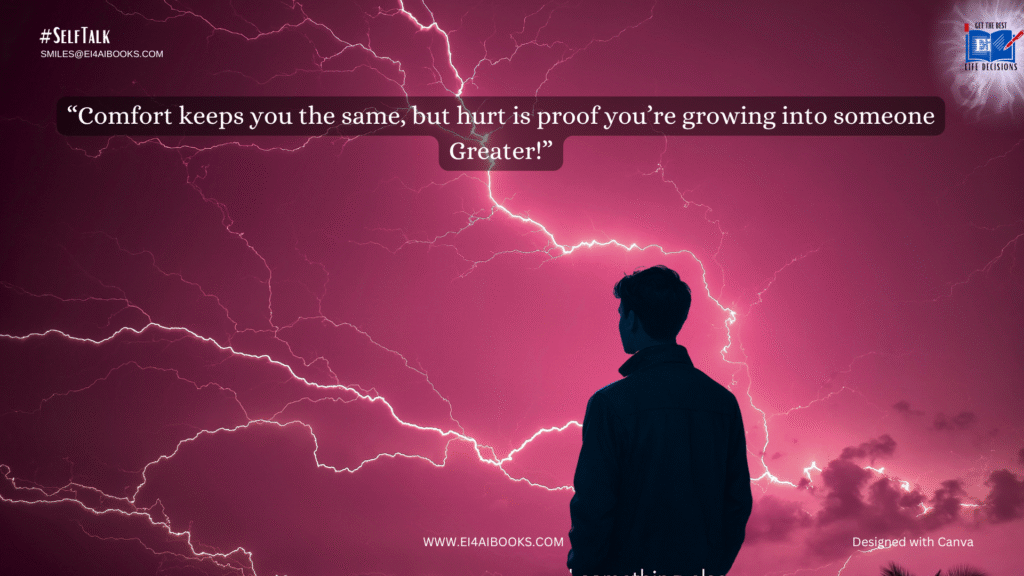
P.S: Reviewed and enhanced using ChatGPT,



